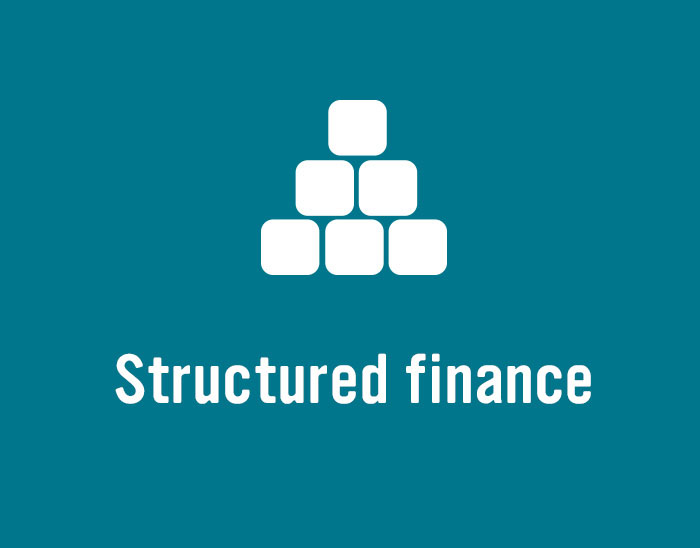
News

Australia's wholesale tier-one market took another developmental step in mid-May. Participants in the latest wholesale tier-one transaction offer insights around the precise level of institutional-investor take up of the market's two deals to date, and also reveal surprising information about how this cohort of investors can value the franking credit.

A little over two years since the Australian Office of Financial Management (AOFM) ceased investing in residential mortgage-backed securities (RMBS), the government debt management agency announced on May 13 that it would be selling its approximately A$4.6 billion (US$3.7 billion) residual portfolio. Securitisation market participants' response to the news of a substantial forthcoming inflow for the secondary market to absorb contains some surprises.

The Australian Prudential Regulation Authority (APRA) has offered the first public insights from its review of banks' mortgage-lending standards. The impression given by APRA's chairman, Wayne Byres, in a May 13 speech is that the regulator is far from universally happy with the way all authorised deposit-taking institutions (ADIs) calculate borrowers' likely ability to service mortgage debt.

Half-yearly results announcements from three of Australia's big-four banks shone light on approaches to capital management which have started to diverge, at least for the time being. Meanwhile, one of the majors quantifies a negative impact on treasury income which it suggests has primarily been driven by Australia's newly restrictive liquid asset regulations.

The relative appeal of Australian dollar product appears to have rebounded, as Kangaroo supranational, sovereign and agency (SSA) market participants cite this among a number of drivers which have spurred year-to-date volumes to their highest levels since 2011. The market's latest issuer, FMS Wertmanagement (FMS), confirms very attractive market fundamentals drove its return to Kangaroo issuance after a three-year gap.

The review of Australia's tax system continues to attract interest and comment from senior financial markets figures, but the tone of the debate is lending substantial support to the status quo in areas which influence national asset allocation. Negative gearing, tax on superannuation and dividend imputation are all up for discussion, but the prospects of overhaul are complicated by the implications of change.

The Reserve Bank of New Zealand (RBNZ) shifted out of a neutral stance at its third official cash rate (OCR) meeting of 2015, analysts note. At the April 30 meeting the RBNZ kept the rate on hold at 3.50 per cent, while the accompanying statement demonstrated what is being interpreted by most as the adoption of a clear easing bias.

Falling iron-ore prices – and a revised rating-agency projection of the future direction of Australia's key commodity export – caused a ratings impact on the state of Western Australia (WA) on April 14. Earlier the same day, eight global mining firms were also placed on negative credit watch by Standard & Poor's Ratings Services (S&P).

At its third monetary policy meeting of 2015 the Reserve Bank of Australia (RBA) surprised slightly more analysts than had correctly predicted its decision. Despite electing not to cut in April, analysts now point to ongoing caution around monetary policy on the part of the RBA – though some see signs in the bank's statement which they believe may mean a reduced likelihood of more cuts to come.

Scentre Group (Scentre) (A/A1) returned to sterling issuance on March 31, for the second time since the entity was created in June last year. The follow-up transaction has a notably shorter maturity than the first, a development which highlights a notable change in the UK investment landscape according to issuer and leads.

The first stage of Australia's tax white paper process suggests the two tax breaks believed to be most responsible for driving local investors away from income assets are both up for discussion. In context, though, the tax discussion paper released by government on March 30 is a wide-ranging document which requests feedback rather than making early recommendations.

Investors say the outcome achieved in the Australian dollar market's joint largest non-financial corporate transaction shows that, despite claims to the contrary, sizeable volumes can be placed without execution risk. They also note that a softer sector-specific market backdrop has not affected demand, although they say the tone might be marginally reflected in pricing.
